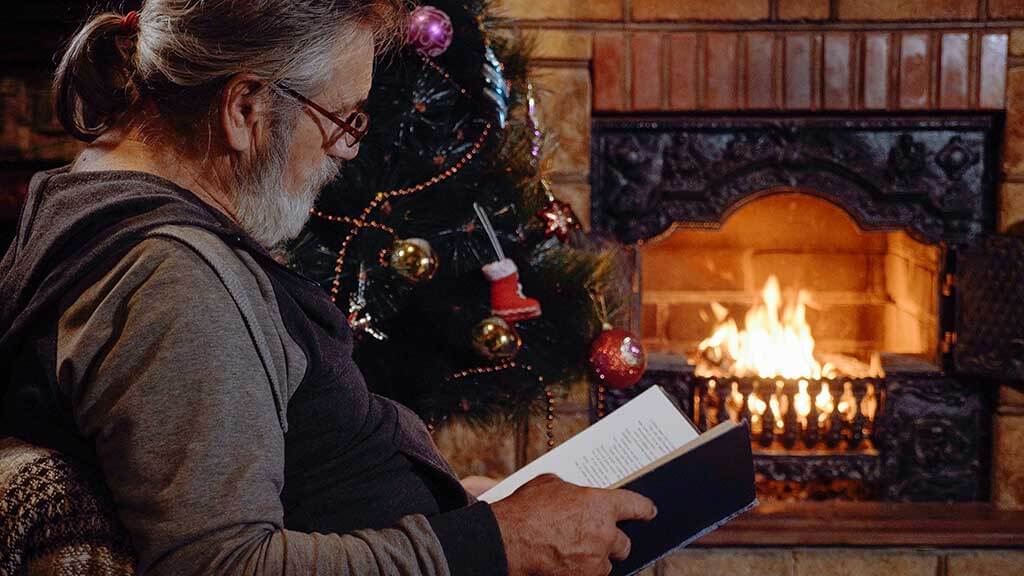Hypothermia occurs when the body’s core temperature drops below 95 degrees Fahrenheit (35 degrees Celsius). Hypothermia can be deadly, especially in aging adults and other vulnerable populations who may have trouble regulating their body temperature or may be unaware of their symptoms. Hypothermia in the elderly is more common during the winter months in areas with extreme temperatures, but it can occur at any time, anywhere. If your loved one experiences hypothermia and you’re concerned about their safety, follow these steps to help them get back to normal as quickly as possible.
Why Elderly People Are at Risk for Hyperthermia
Older adults are more susceptible to hypothermia, or abnormally low body temperature, than younger people for several reasons. First of all, older adults may have a weaker immune system, making them more vulnerable to illness and less able to fight off infections that can trigger changes in their bodies that lead to hypothermia. Older people also tend to lose heat faster because they have less muscle mass and subcutaneous fat—the layer of fat between skin and muscle—than younger people. Older individuals also produce less urine than their younger counterparts, which means their bodies can’t get rid of as much heat as quickly as they are generating it during physical activity.
How to Spot Hypothermia
- Adults with hyperthermia typically experience the following symptoms:
- When hypothermia progresses, a person’s shivering may cease (although even as they shiver, their bodies still regulate their body temperature.)
- Confusion and memory loss
- Slow, shallow breathing
- Slurred or mumbled speech
- Drowsiness or exhaustion
- Coordination problems, stumbling steps, fumbling hands
- A slow, weak pulse
- When hypothermia is severe, someone may be unconscious and have no apparent pulse or breathing signs.
How Is Hypothermia Diagnosed?
If you think an older adult may be experiencing hypothermia, there are several ways to get a quick diagnosis. First, take their temperature – it should be around 97-98 degrees Fahrenheit. Secondly, look for typical hypothermia signs, like shivering and lethargy. Thirdly, check for broken blood vessels in their eyes – these can show up with extreme cold exposure as well as dehydration. If a patient has any of these symptoms or looks very tired or weak even if they seem fine, otherwise, they may be suffering from hypothermia and should see a Hypothermia doctor immediately.
How Can Hypothermia Be Treated?
Because it is a medical emergency, treatment for hypothermia must be administered as soon as possible. If you or someone you know is exhibiting symptoms of hypothermia, call 911 right away and be prepared to administer CPR if necessary. Treatment should begin before paramedics arrive. To treat mild hypothermia (below 90 degrees F), remove wet clothing and any equipment that prevents heat from escaping, such as hats and glasses. Next, move your patient to a warm environment with an ambient temperature of at least 91 degrees F. Blankets may be needed to help increase body temperature. Give your loved one sips of warm drinks like tea or coffee until they are comfortable.
Since hypothermia occurs in people of all ages, we must learn how to recognize and treat it. If you notice someone shivering uncontrollably or exhibiting any other signs of hypothermia, contact emergency services immediately. However, before you do that, make sure to remove them from cold temperatures and provide them with a blanket or warm clothing. You can also administer hot liquids, but only if they are conscious. If not, contact emergency services as soon as possible.







